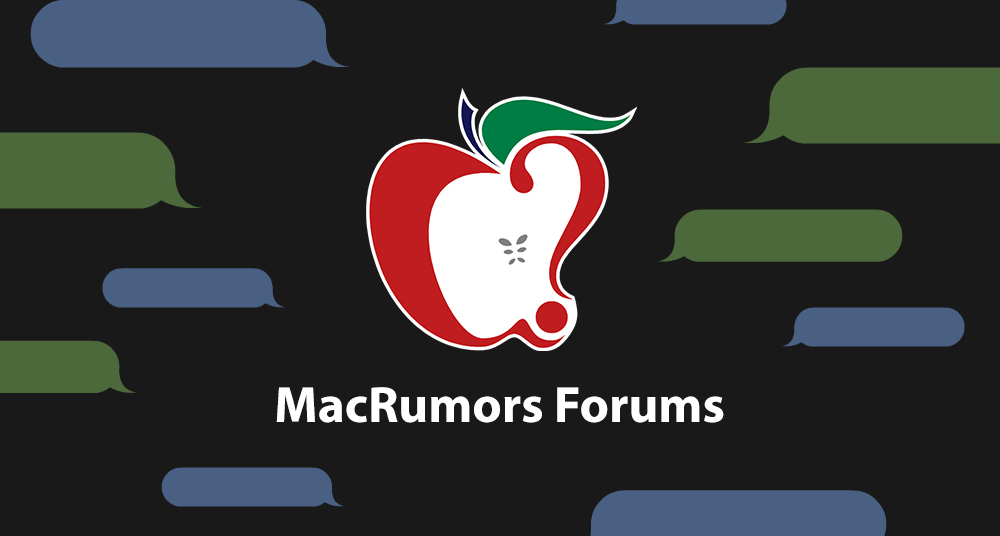Thanks! I wanted to point out some of the things I considered in designing my own site, but I have to be mindful of the MacRumors policy on self-promotion, so I didn't post any links. You'll find one in my profile however.
Thanks, I'll look for it.
On the topic of Awful Web Design and "change for the sake of change"...I find macrumor's search function's "screen-jump" to be a great example of awful website design:
It's completely unnecessary and actually anti-function because it's
1) distracting and jarring, especially when not expecting it
2) it forces you to stop, search for where to type, and then refocus your attention while
3) losing the ability to see what was on the screen before initiating the search. Very often, my starting a search is the result of something I saw on the screen and wanted to still be able to read/look at while phrasing my search.
Put another way: it adds no value I can think of other than: it made a marketing person feel happy that the site introduced something new, and/or it kept a designer busy and involved on something for a few weeks.
The last thing I want when performing something on the screen is for an unexpected screen jump.
This is along the lines of how the iPad OS used to dim and blur the screen when you went to change brightness, completely losing the ability to see what you were viewing before which needed a brightness change, only to now not be able to see what you were looking at and then being unable to fine-tune your brightness change.
Or Microsoft Office 365's "Backstage" blasphemy, where the screen completely jumps when you go to save or open a file. On top of that, the folder navigation in Backstage is just gawdawful to boot, forcing you to click a few times to get to the "normal" Microsoft file explorer/browser window.
@Boyd01 @Nermal If you happen to agree and have any ability to share the word, please mention how awful the MR search function is in the non-Forum main-page area!


